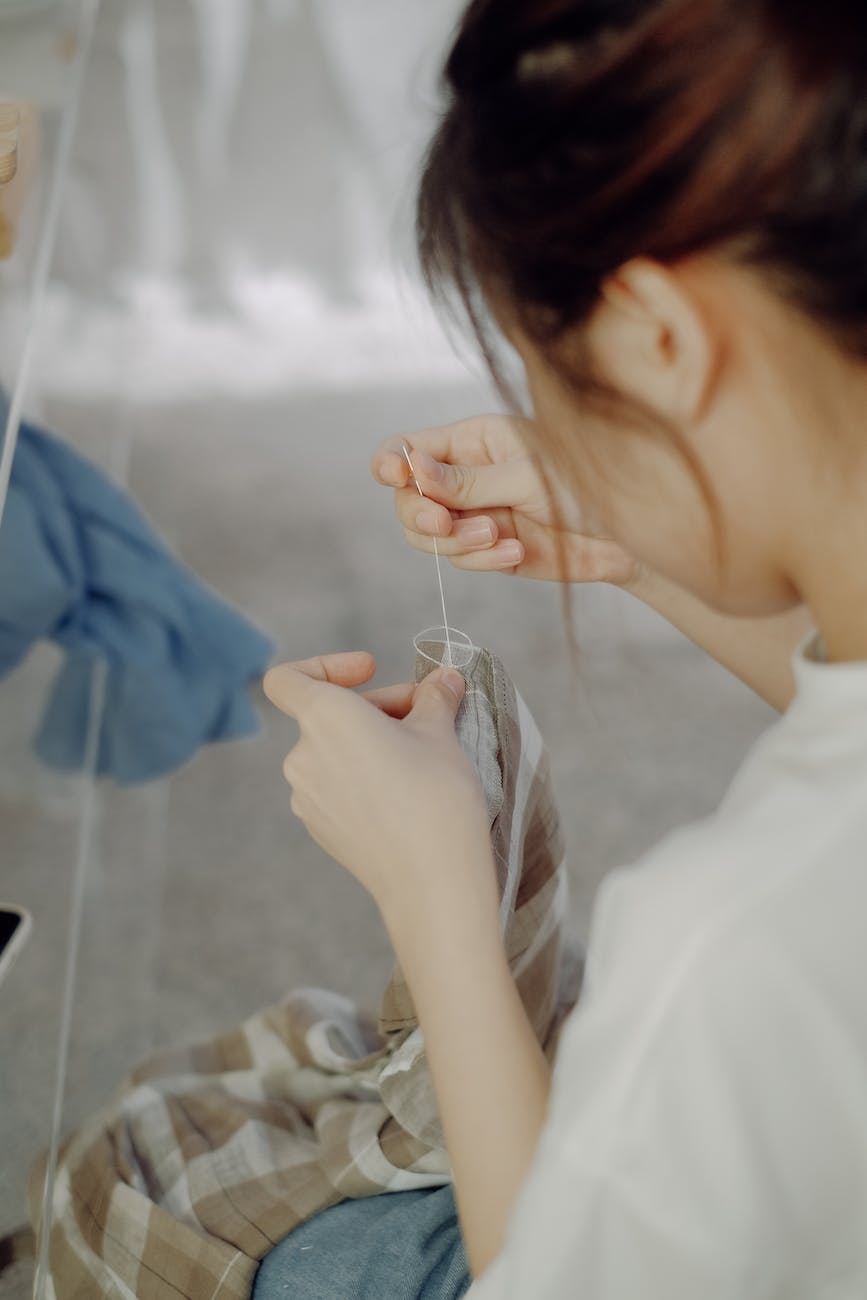sewing techniques: gathering, pleating, and ruffling
Do you want to add some volume and texture to your sewing projects? There are a few different techniques you can use, like gathering, pleating, ruffling, and smocking.
Gathering is when you gather the fabric together into small pleats. This can be done by hand or with a sewing machine. Gathering is a great way to add fullness to a garment, like a skirt or a dress.
Pleating is when you create parallel folds in the fabric. Pleats can be sewn in place or left loose. Pleated fabric can be used to create a variety of different looks, from formal to casual.
Ruffling is when you create a series of small ruffles in the fabric. Ruffles can be sewn in place or left loose. Ruffled fabric can add a touch of femininity to any garment.
Smocking is when you create a series of small gathers in the fabric using a special type of thread. Smocking is a traditional technique that is often used to decorate baby clothes.
Once you have mastered these techniques, you will be able to create a variety of different garments and accessories with added fullness. Ornate dresses, tiered skirts, billowing curtains, and cute baby clothes are just a few of the many possibilities. So get creative and have fun!
Here are some tips for adding fullness to flat fabric:
- Use a lightweight fabric for best results.
- Use a sharp needle and thread to create even gathers or pleats.
- If you are sewing gathers or pleats in place, use a basting stitch first to ensure that the fabric stays in place.
- If you are leaving gathers or pleats loose, use a running stitch to secure them.
- Be creative and experiment with different techniques to see what you can create.
Why Add Fullness?
- Creates flattering silhouette shapes – fitted bodices, full skirts
- Allows modifying patterns for personal preferences and custom style
- Provides visual interest through light, shadow, and textural contrast
- Adds movement and fluidity to otherwise stiff flat fabric
- Makes dimensional embellishments like rosettes and florals
Gathering Fabric
Basting method – Sew two rows of long basting stitches then pull bobbin threads to “gather up” fabric along the stitches.
Ruffler foot – Special presser foot with blade automatically pleats as it stitches to add fullness quickly.
Elastic method – Sew casing channel and insert elastic to create gathered ruffles. Allows maximum stretch.
Drawstring method – Insert ribbon through fitted casing channel and cinch to gather fabric. Provides adjustable fullness.
Creating Pleats
Pleats are pressed folds forming uniform tucks. Directions include:
Knife – All folds pressed in same direction
Box – Alternate opposing fold directions
Rolled – Narrow multiples top-stitched into rounded cords
Sunburst – Radial folds sewn into stacked fanning effect
Sewing Ruffles
Knife edge ruffles – Finish side edge of single fold using rolled hem presser foot and zigzag stitch. Gather other edge.
Double fold ruffles – Hem both edges of folded bias strip. Zigzag finish prevents unraveling. Then gather and sew ruffle strip to fabric.
Ruffler attachment – Ruffler presser foot with adjustable blade gathers and stitches ruffle in one step for speed and consistency.
Ruffled Project Ideas
- Graduated tiered skirts
- Flouncy sleeves and skirt hems
- Rosette embellishments
- Neckline frills and flounces
- Shirred smocking on bodices
- Ruffled curtains and lampshades
Conclusion
Dimensionality in fabric is a powerful tool that can be used to create elegant and eye-catching garments and accessories. By mastering gathering stitches and precise pressing, you can transform fabric into beautiful forms that will turn heads.
So what are you waiting for? Get creative and start experimenting with dimensional fabric today!
Here are some additional tips for using dimensionality in fabric:
- Use a variety of fabrics to create different effects. For example, a lightweight fabric will create a more airy and flowing look, while a heavier fabric will create a more structured and tailored look.
- Experiment with different colors and patterns to create unique and eye-catching designs.
- Don’t be afraid to mix and match different techniques to create your own unique style
